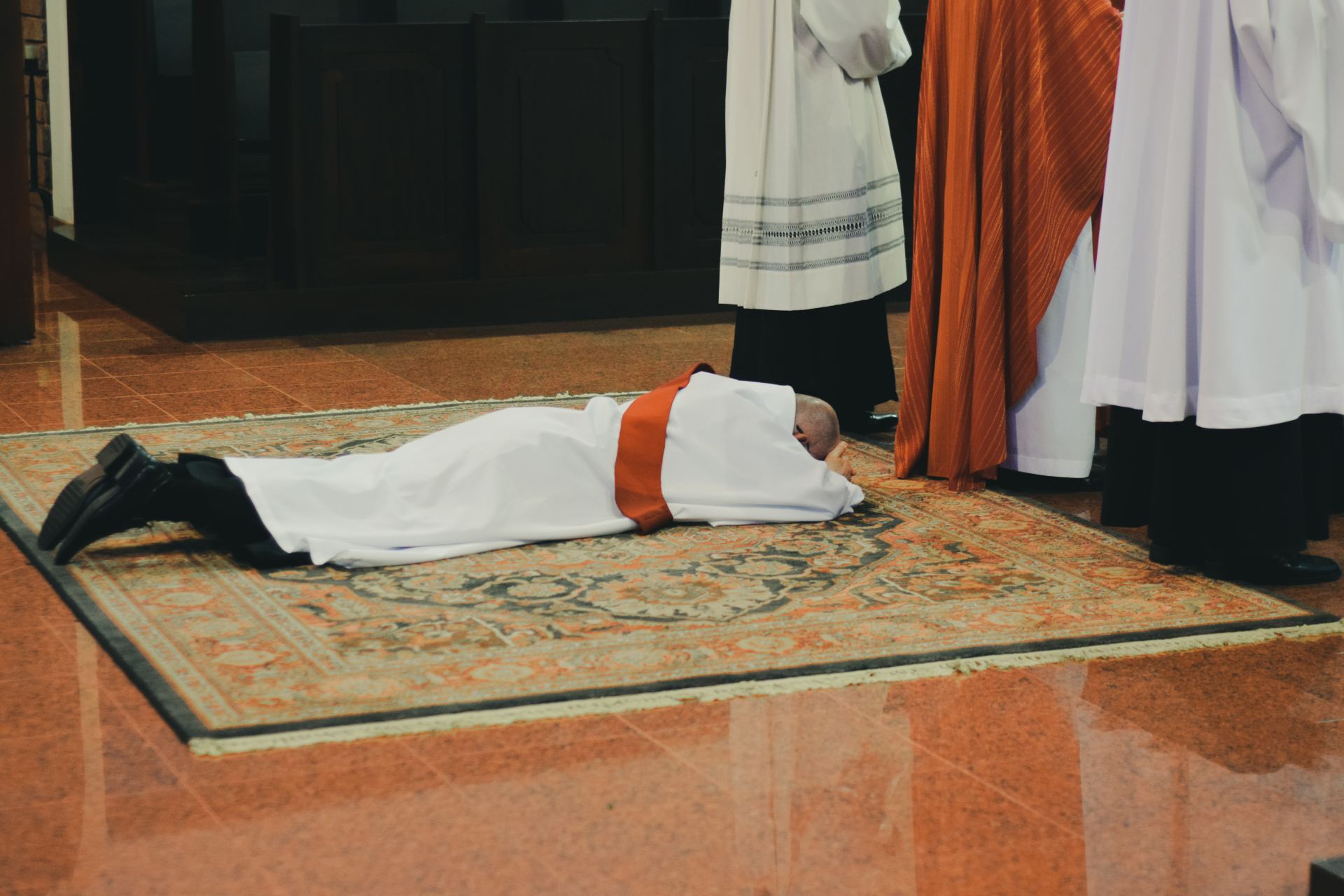The Trouble with Jesus
by Constance Hastings
The Trouble with Jesus: Faith must be linked with doubt to become belief.

Could it be that faith is not actually a fully convinced mindset? Could it be that to truly have faith an element of doubt, perceptions that rest in possibly not as much as in possibly so, is necessary? Do faith and doubt exist not as opposites but as integral parts of each other?
Locked Minds and Souls
The door was locked. The women had told them they’d been to the tomb, but Jesus’ body was not there. Instead, Mary Magdalene ran and found them with her message, “I have seen the Lord!” (John 20:18) The disciples gathered, but still they locked the door. Likely, they had doubted her. Mary Magdalene had once been possessed with demons, so the story around her goes. After the trauma of three days ago, it would be easy to think she had relapsed into her old sickness, seeing what was not really there. Doubt was rational.
Rational except when the door of it was blown off. Despite the bolt holding it shut, a locked door was of no consequence when suddenly Jesus in the flesh was among them. “Peace be with you,” he said, showing them his scarred but fully healed hands and side. (John 20:19-21) What had never been done before, what could never be explained with rational proof, had happened. His demise by brutal execution was now secondary to this new life that reversed death and its finality.
Doubt and Faith Collide
Joy doesn’t adequately express what happened to these friends who had hunkered down in fear for their lives. Certainly, they were thrilled to see Jesus alive again. But would they have reacted in ecstasy if they had in the least believed that Jesus would do as he had told them, die and return alive by the third day? Instead, their doubt had slammed into their faith.
They weren’t alone. Thomas, one of the original twelve, wasn’t with them that night. When told Jesus was alive, he wouldn’t buy it. Furthermore, he wouldn’t accept just an appearance but declared he had to actually touch Jesus’ wounded hands and sword-pierced side to believe it had happened. No ghost was going to change his mind.
Jesus delivered eight days later. Again, despite locked doors, Jesus appeared to the disciples, this time including Thomas. Like before, Jesus greeted them, “Peace be with you.” Peace: don’t be afraid. Peace: this isn’t like anything else you or the whole world has ever known. Peace: prepare to have all your assumptions and expectations reversed. Peace: lean in, accept what I have done. “Peace be with you.”
Concede to Both
He invited Thomas to touch him literally in his points of pain. Jesus knew this was the place where Thomas’ doubt as well as so many others’ questions have had to pause, sort out in mind and soul if this could be. Only by fully accepting Jesus’ death can there be as well an acceptance of resurrection. One won’t have significance without the other. Faith must be linked with doubt to become belief.
Thomas exclaimed, “My Lord and my God!” He was the first to declare the divinity of Jesus Christ, not just as one who is a Savior whose death and resurrection bought a ticket to heaven, but as ruler over all that life may bring to us and all in life that needs reversal, even as we wrestle with our doubts.
Better Blessings
Jesus acknowledged to Thomas, “You believe because you have seen me.” But there are those who perhaps have even more of a blessing than a physical revelation. To those who did not know him then and even more so to all the world that will come later, Jesus says, “Blessed are those who have not seen and yet have come to believe.” Blessed are those who have not had the benefit of miracles and heavenly revelation. Miracles help some, but those who “come to believe” without them very likely have the greatest miracle of all, the miracle of a faith that has acknowledged doubt.
Jesus blessed all those -- from Thomas up to now -- who have managed to believe without the benefit of direct experience; all those, that is, who have managed to come to a faith that is not the opposite of doubt but which lives with doubts and yet still finds a way to believe.
It is in the not knowing how God does what God does that faith is centered, stretched and filled. But it often starts with some honest doubt. Honest doubt leads to honest belief because the journey of faith is just that, a journey where we come to believe.
Named 2024 Notable Book Award by Southern Christian Writers Conference!
The Trouble with Jesus: Considerations Before You Walk Away by Constance Hastings
Ask for it wherever you buy your books, but don’t forget you can support local bookstores Here.
Subscribe to The Trouble with Jesus Blog Here.









